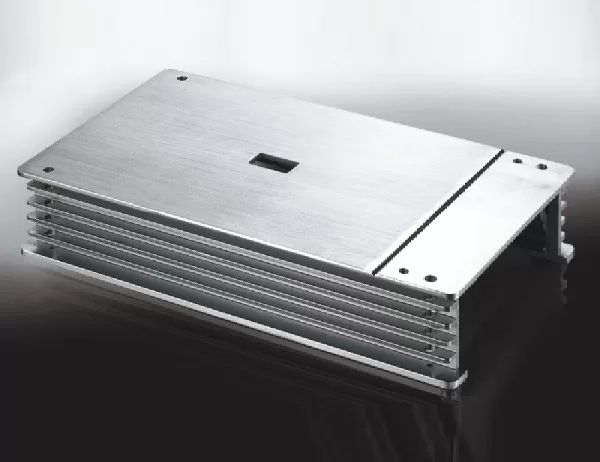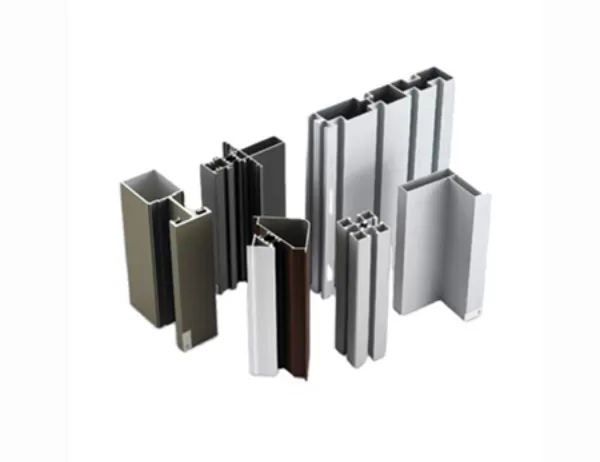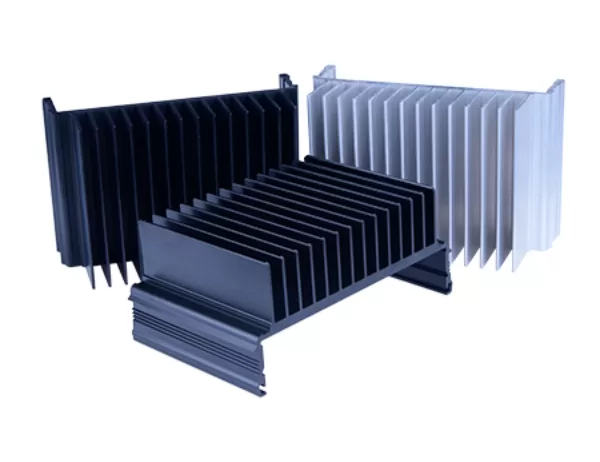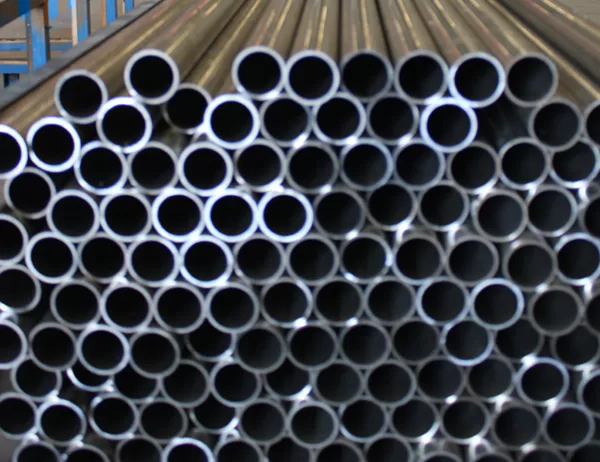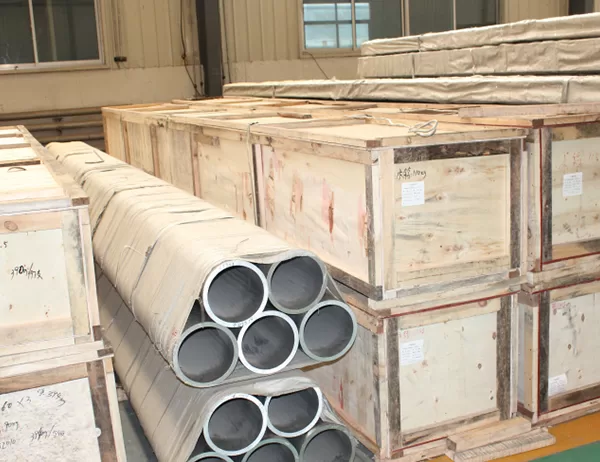Aluminium track profiles are versatile and widely used in various industries, including construction, transportation, and machinery. To enhance their aesthetic appeal, durability, and functionality, custom finishes and treatments can be applied to aluminium track profiles. These treatments impart unique properties and characteristics to the profiles, making them suitable for specific applications.
Anodization is an electrochemical process that creates a protective oxide layer on the surface of aluminium track profiles. This oxide layer enhances the material’s corrosion resistance, wear resistance, and durability. Moreover, it allows for a wide range of colors and finishes, including silver, black, gold, and bronze.
Powder coating involves applying a dry, finely ground powder to the surface of aluminium track profiles. The powder is then heated, causing it to melt and fuse onto the metal surface. This process creates a highly durable, scratch-resistant finish that is resistant to weathering, chemicals, and abrasion. Powder coating is available in various colors and textures, offering almost limitless design possibilities.
Brush painting involves applying liquid paint to the surface of aluminium track profiles using a brush. This method is suitable for small-scale production or for applying intricate designs and patterns. Brush painting allows for a wide range of colors, finishes, and textures to be achieved. However, it requires skilled craftsmanship and can be time-consuming.
Electrophoretic deposition is a specialized painting process that uses an electric field to deposit a uniform layer of paint onto the surface of aluminium track profiles. This process provides excellent adhesion, corrosion resistance, and abrasion resistance. EPD allows for a wider color range and thinner coatings than traditional painting methods.
Mechanical polishing involves using abrasive pads or wheels to smooth and polish the surface of aluminium track profiles. This process removes burrs, scratches, and other imperfections, resulting in a smooth and reflective finish. Mechanical polishing enhances the aesthetic appeal and can improve the functionality of the profiles by reducing friction and wear.
Conclusion
Custom finishes and treatments for aluminium track profiles offer numerous advantages. They enhance the aesthetic appeal, durability, and functionality of these profiles, making them suitable for a wide range of applications. Anodization, powder coating, brush painting, electrophoretic deposition, and mechanical polishing are some of the most common treatments used to modify the surface characteristics of aluminium track profiles. By selecting the appropriate finish or treatment, manufacturers can create profiles that meet the specific requirements of their applications.
